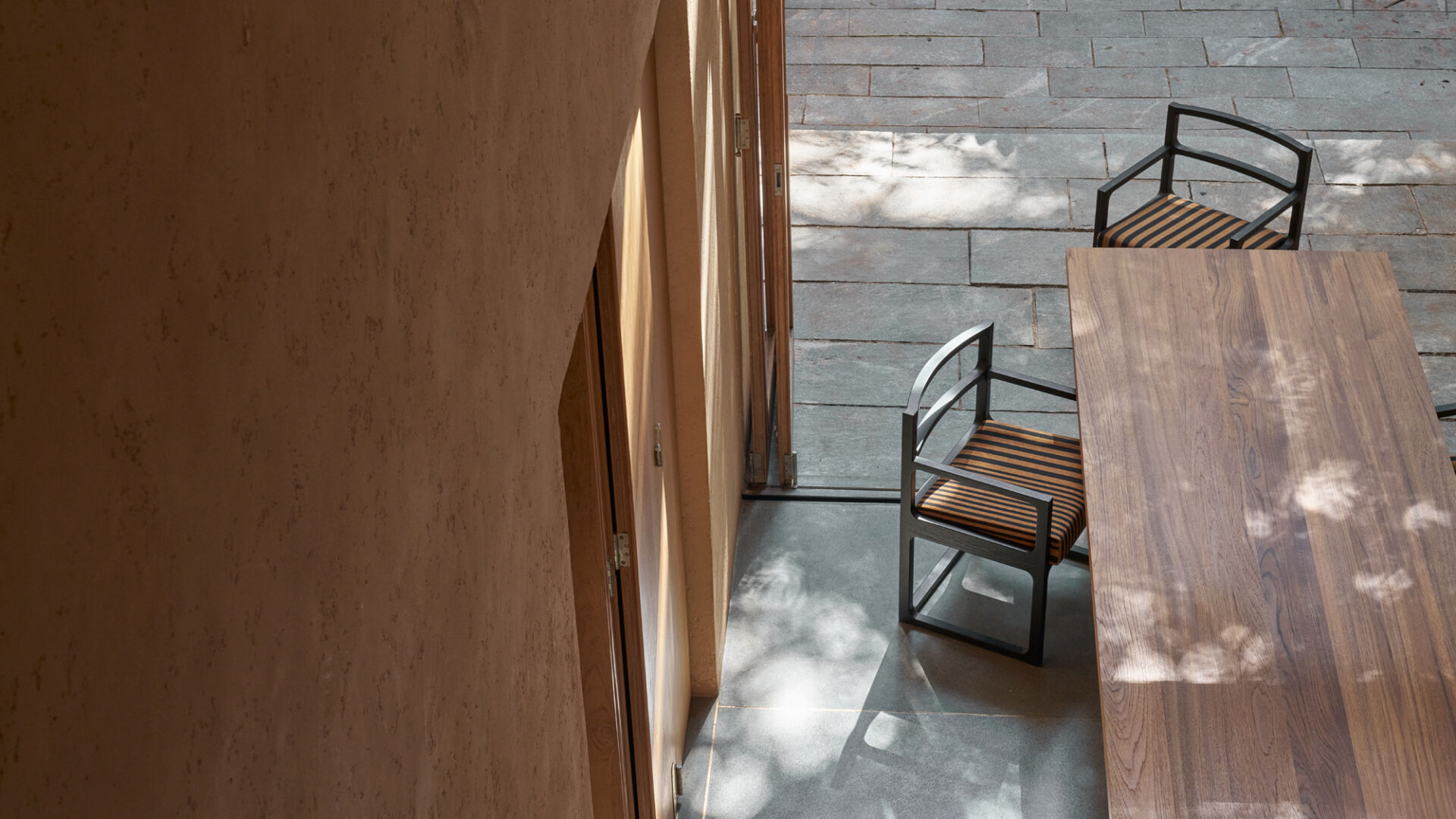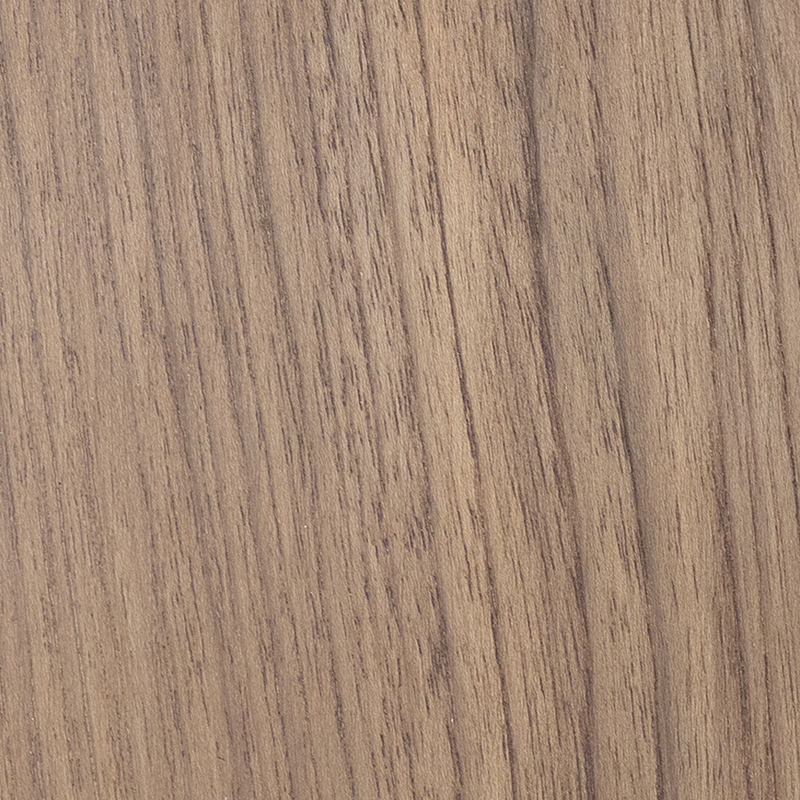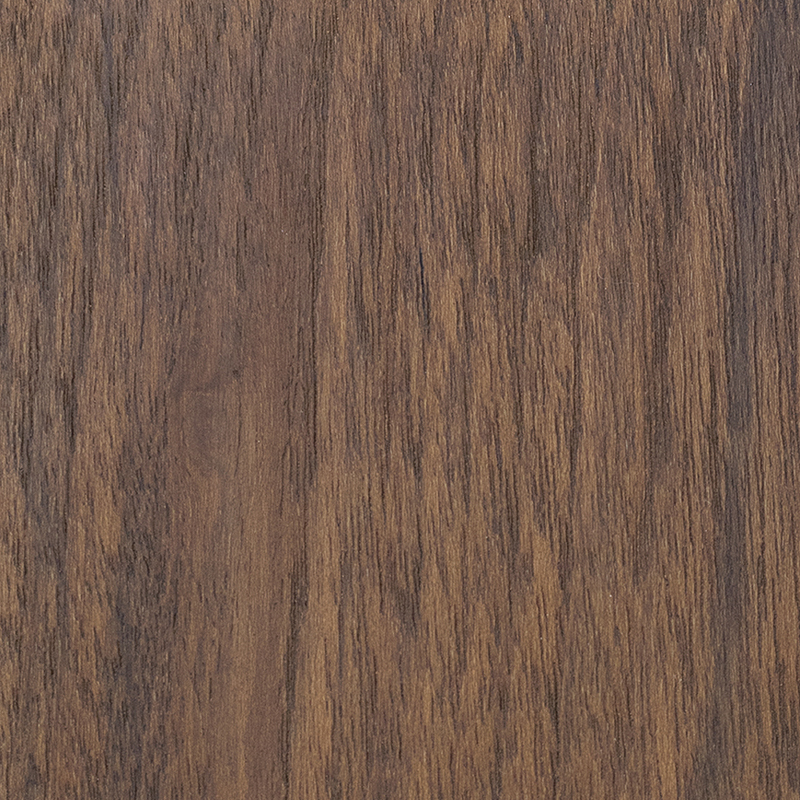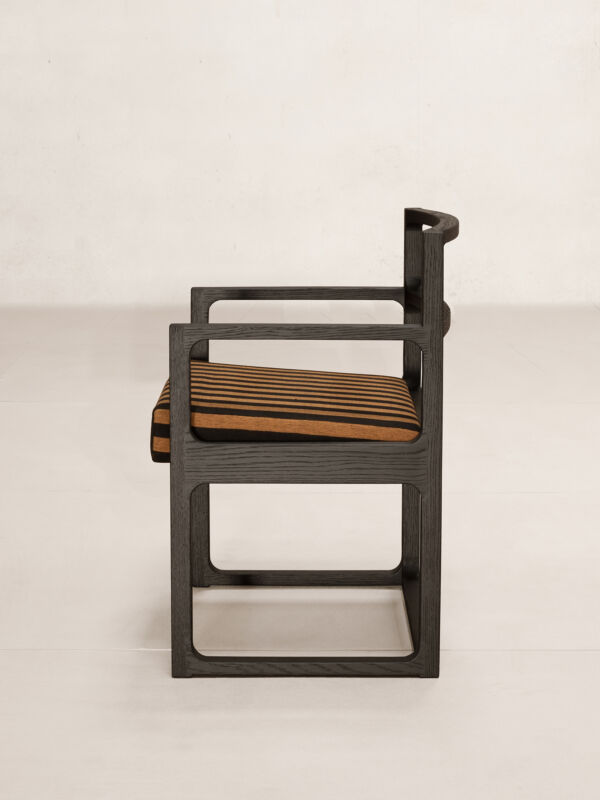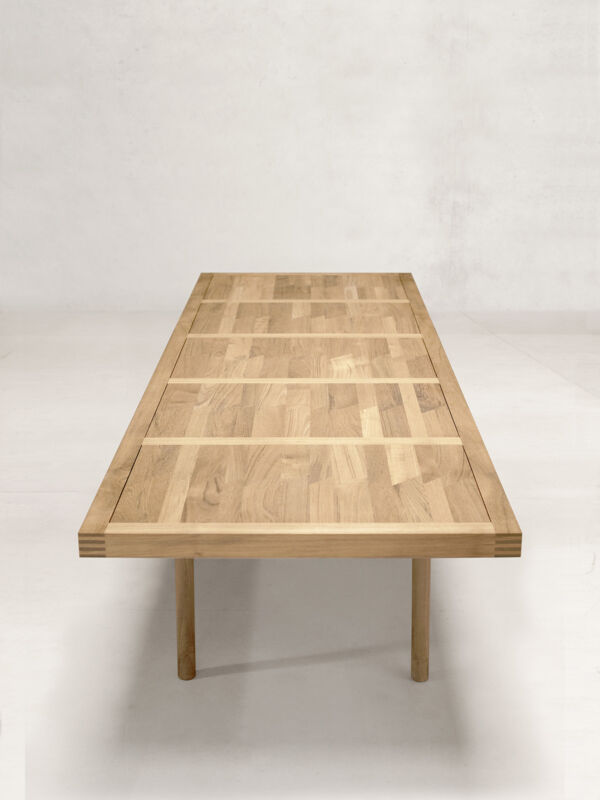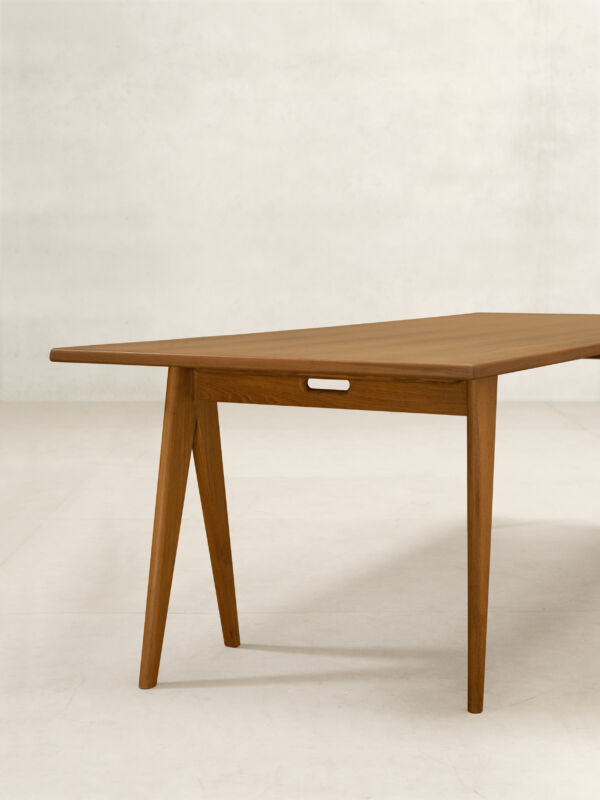Lunuganga Dining Table |
||||||||
|
||||||||
| How to buy | ||||||||
| Enquire |
Product Description
In the 1960s, while renting an archaeological site on an island near Jaffna, artists Ena de Silva and Laki Senanayake crafted rustic furniture using slabs of Samanea saman wood (Para Mara in Sinhala, commonly known as rain tree). Their artistic adventures inspired Geoffrey Bawa to make this table for the Garden Room at Lunuganga, his country estate which was his creative playground and design laboratory. Made from a fallen tree found by the roadside, the original table consists of a heavy three-inch thick slab of para mara wood supported by triangular wrought iron stands. A smaller variant of this table, with differently shaped legs can be found at the De Saram House in Colombo.
Given its construction from found elements, the re-edition of the Lunuganga dining table required some modifications. Instead of a single slab of wood, the tabletop is made from smaller sections of wood, joined together. To prevent the top from bending and cupping, stainless steel bracing has been added to the underside. While the original metal base featured irregularly spaced rods and welded mild steel elements, the re-edition’s legs are made of stainless steel machined components and fastened with screws, enhancing sturdiness while making the table easier to move, transport, and assemble. The base is powder coated in black.
This original size version of the Lunuganga Dining Table is true to the dimensions of the original table at Lunuganga. The compact version is a smaller variant, designed for better usability in contemporary homes.
Product Specification

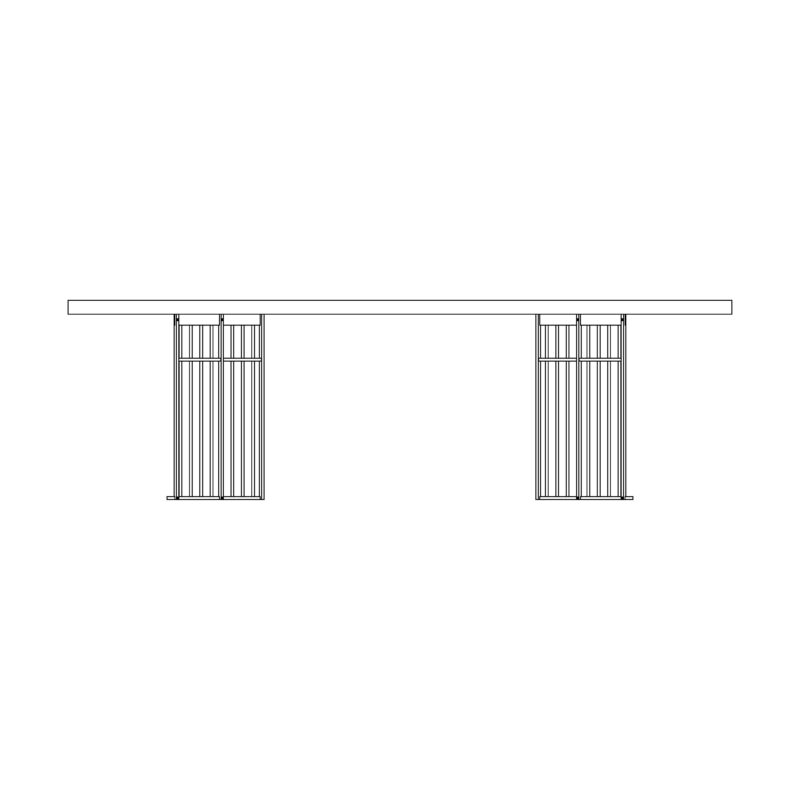
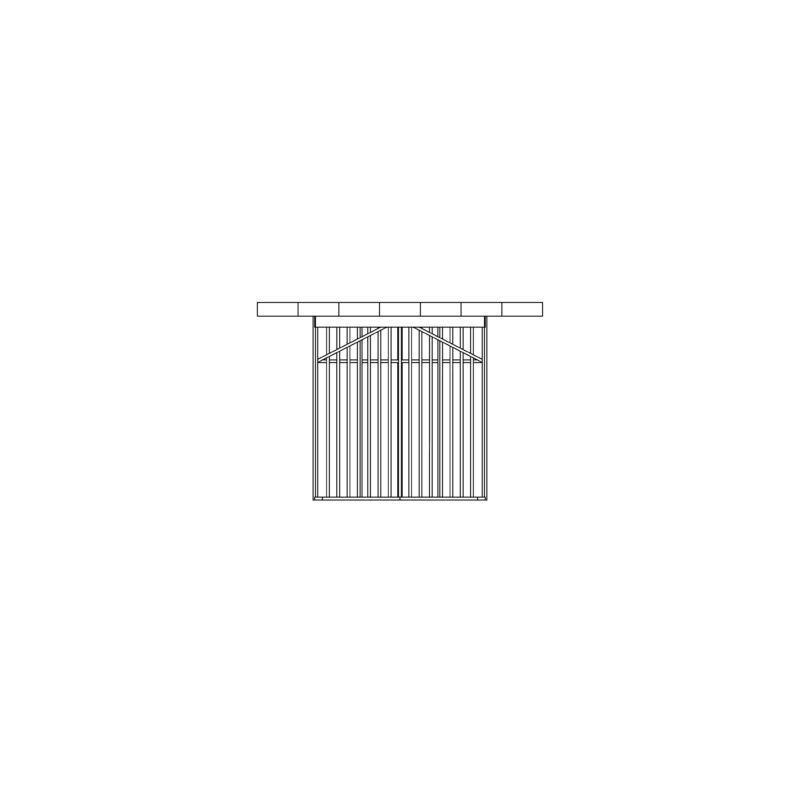
Product Options
